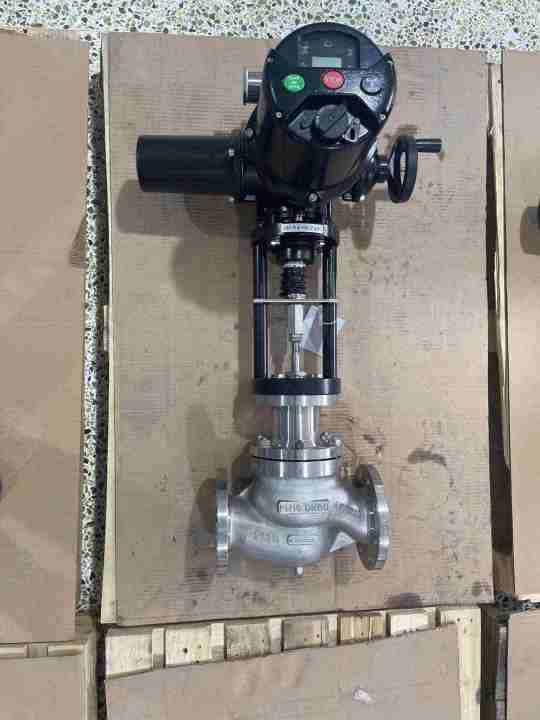Electric two-seat regulating valves play a pivotal role in industrial processes, ensuring the precise control of fluid flow and pressure. These valves are designed to maintain the desired conditions within a system, enhancing operational efficiency and safety. This article delves into the fundamental aspects of electric two-seat regulating valves, exploring their construction, working principle, applications, and advantages.

Construction of Electric Two-Seat Regulating Valves Electric two-seat regulating valves consist of several key components: the body, two seating surfaces, an actuator, and a control system. Body: The body of the valve is typically made from durable materials such as stainless steel, brass, or carbon steel, ensuring longevity and resistance to corrosion. The design can vary based on application requirements, ranging from flanged to threaded connections. Seating Surfaces: As the name suggests, a two-seat valve features two seating surfaces that create a seal when the valve is closed. This dual seating arrangement allows for better sealing performance and minimizes leakage, which is crucial for applications where fluid containment is vital.
Leave a Reply